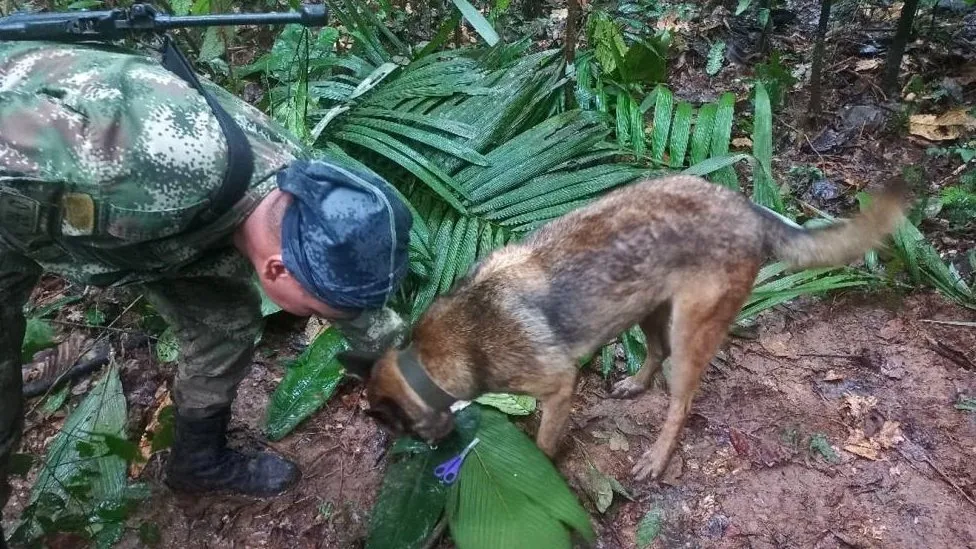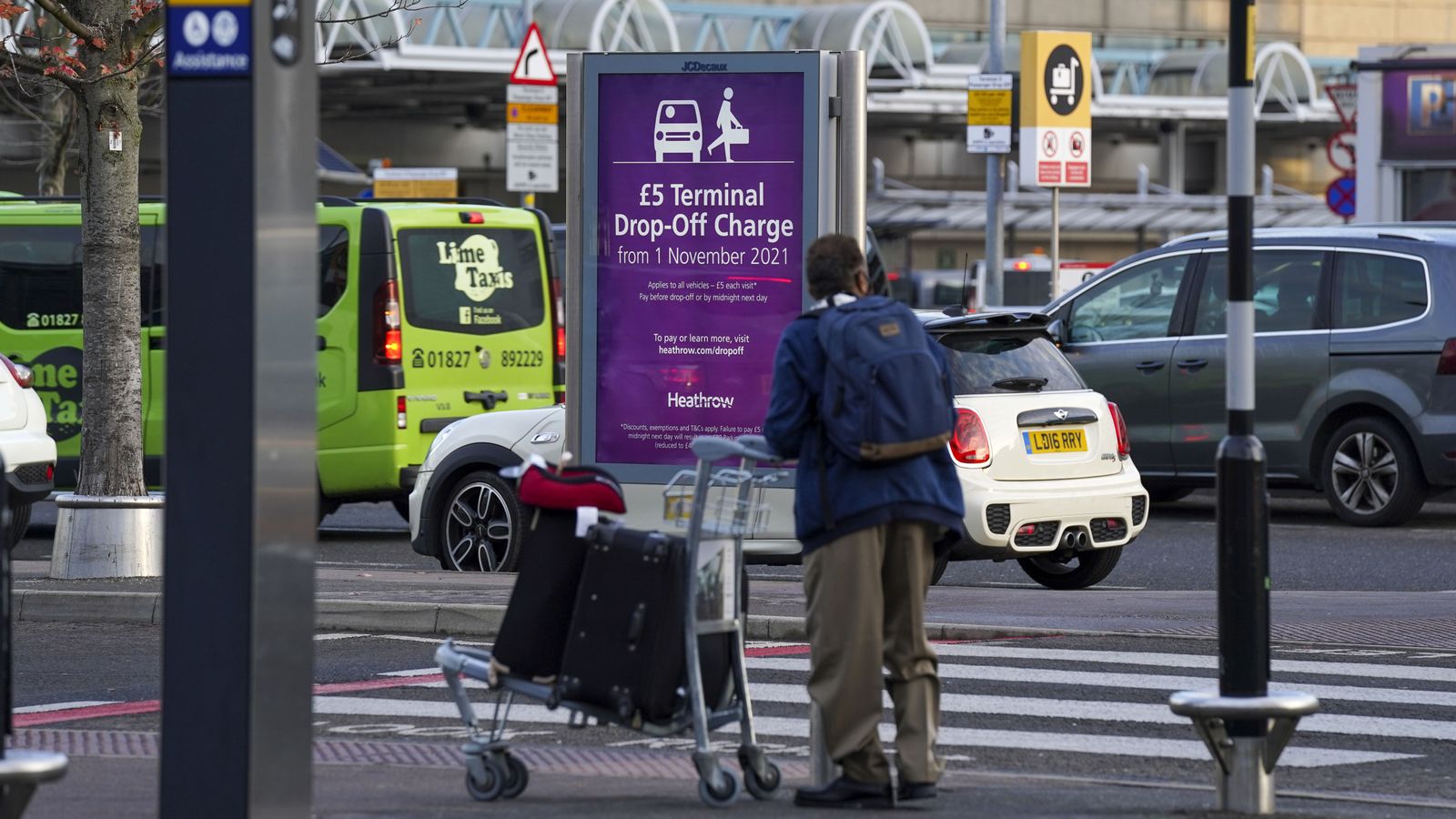Mapping the search for Colombia's plane crash children
When four indigenous children went missing after their plane crashed in the Colombian jungle on 1 May, a massive search operation was launched to track them down.

Forty days after the crash, a search team finally spotted the children, aged 13, nine, five and one, after hearing one of them crying. All four were exhausted, malnourished and dehydrated but alive.
What preceded the good news that the whole nation had been waiting for was an arduous search. The maps below give an idea of its scale.
The children were travelling together with their mother, 33-year-old Magdalena Mucutuy, in a Cessna 206 light aircraft from their home near Araracuara, in the south of Colombia, to San José del Guaviare,.
The Avianline Charter plane was flown by Hernando Murcia, 55. Also on board was a local indigenous leader, Hermán Mendoza.
The Cessna disappeared from the radar at around 07:30 local time shortly after Murcia had reported engine problems.
It took two weeks to find the wreckage of the Cessna, which had crashed nose first into the jungle. Inside the wreck was the body of the pilot, Hernando Murcia.
However items belonging to the children found in the jungle filled the search team with hope that they had survived the crash.
Some of the items found in the jungle - shoes, a towel, a nappy and a baby bottle
As well the items the children had on them, the soldiers searching for them also found indications that the youngsters were well enough to walk and feed themselves.
Child-sized footsteps in the mud and half-eaten fruit showed they were moving and the lack of blood suggested they were not seriously injured.
While each clue was a welcome sign for the more than 100 soldiers combing the jungle that their search was not in vain, the thick foliage and remote location meant that their progress was arduously slow.
Helicopters were deployed but the dense tree canopy made it impossible to make out any detail in the sea of green below.
Faced with such a disorientating environment, the commanders devised a system to keep track of the areas they had searched.
Day after day, soldiers with sniffer dogs combed the jungle. They were joined by volunteers from local indigenous groups anxious to find the children.
And while they kept coming across fresh clues, their goal of rescuing the children proved elusive.
The search commander explained that it was not so much a search for a needle in a haystack, but rather a search for "a tiny flea in a vast carpet, because they keep moving".
The army released maps to show the huge size of the area they were combing under extremely difficult circumstances.
The helicopters broadcast messages in the Huitoto language recorded by the children's grandmother urging them to stop moving and stay put in order to give the army a better chance of finding them.
After 40 agonising days, four indigenous volunteers finally spotted 13-year-old Lesly, Soleiny, 9, five-year-old Tien Noriel and one-year-old Cristin Neriman in a little clearing.
The youngsters were airlifted to the Colombian capital, Bogotá, where they are receiving treatment in a military hospital.
They have had visits from their grandparents and their father, Manuel Ranoque.
Mr Ranoque told reporters that his wife and the children had boarded the fateful flight because they had wanted to join him after he had been forced to flee their home.
He said he had been threatened by the Frente Carolina Ramírez, an armed splinter group which broke off from the Revolutionary Armed Forces (Farc) rebels when the latter signed a peace agreement with the Colombian government in 2016.
He also expressed fear for the safety of his children.
The Frente Carolina Ramírez has denied threatening Mr Ranoque.
The dissident rebels also denied forcibly recruiting children into its ranks and even went as far as claiming that they had "good relations" with the local indigenous groups.
Their words have been met with scepticism. What there is little doubt about is that indigenous communities are bearing the brunt of the violence sowed by the region's warring factions.
-bbc







